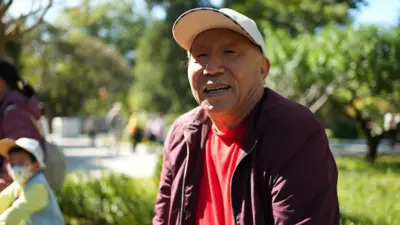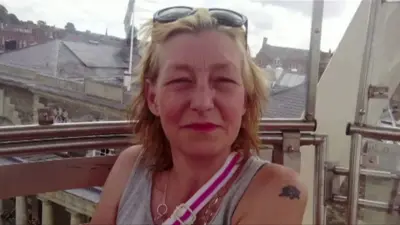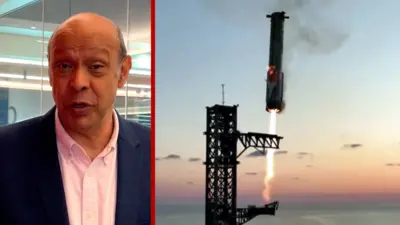We've updated our Privacy and Cookies Policy
We've made some important changes to our Privacy and Cookies Policy and we want you to know what this means for you and your data.
Hungary removes statue of anti-Soviet hero Imre Nagy
Image source, AFP
The Hungarian authorities have removed a much-loved statue of Imre Nagy, hero of the 1956 anti-Soviet uprising, from a square in central Budapest.
The Nagy statue is being moved to Jaszai Mari Square, a northern location away from the parliament building.
Some critics accuse Prime Minister Viktor Orban's nationalist government of revising the country's history.
A monument to the victims of a short-lived communist regime in 1919 will replace the Nagy statue.
Imre Nagy was hanged in 1958 for his role in the uprising. A pro-reform communist, he had sought to free Hungary of hardline communist rule, but in 1956 the revolt was crushed by Soviet tanks. Pro-Moscow hardliners were reinstalled in power.
The statue was erected in 1996 at Martyrs' Square.
Image source, Getty Images
In 1989 celebrating the reburial and rehabilitation of Imre Nagy.
But in recent years Mr Orban has forged closer ties with Russian President Vladimir Putin, a former KGB officer who has restored Soviet-era symbols and who regrets the collapse of the USSR.
The new monument at Martyrs' Square will replicate one that stood there during the pro-Nazi rule of wartime Admiral Miklos Horthy, who fuelled anti-Semitism.
Nagy's granddaughter Katalin Janosi is among those opposed to the square's redevelopment.
Mr Orban's supporters say the aim is to return parts of the capital to their pre-World War Two appearance, before the decades of communist rule.
There have been many tweets protesting at the disappearance of the Nagy statue.
Top Stories
More to explore
Most read
Content is not available








